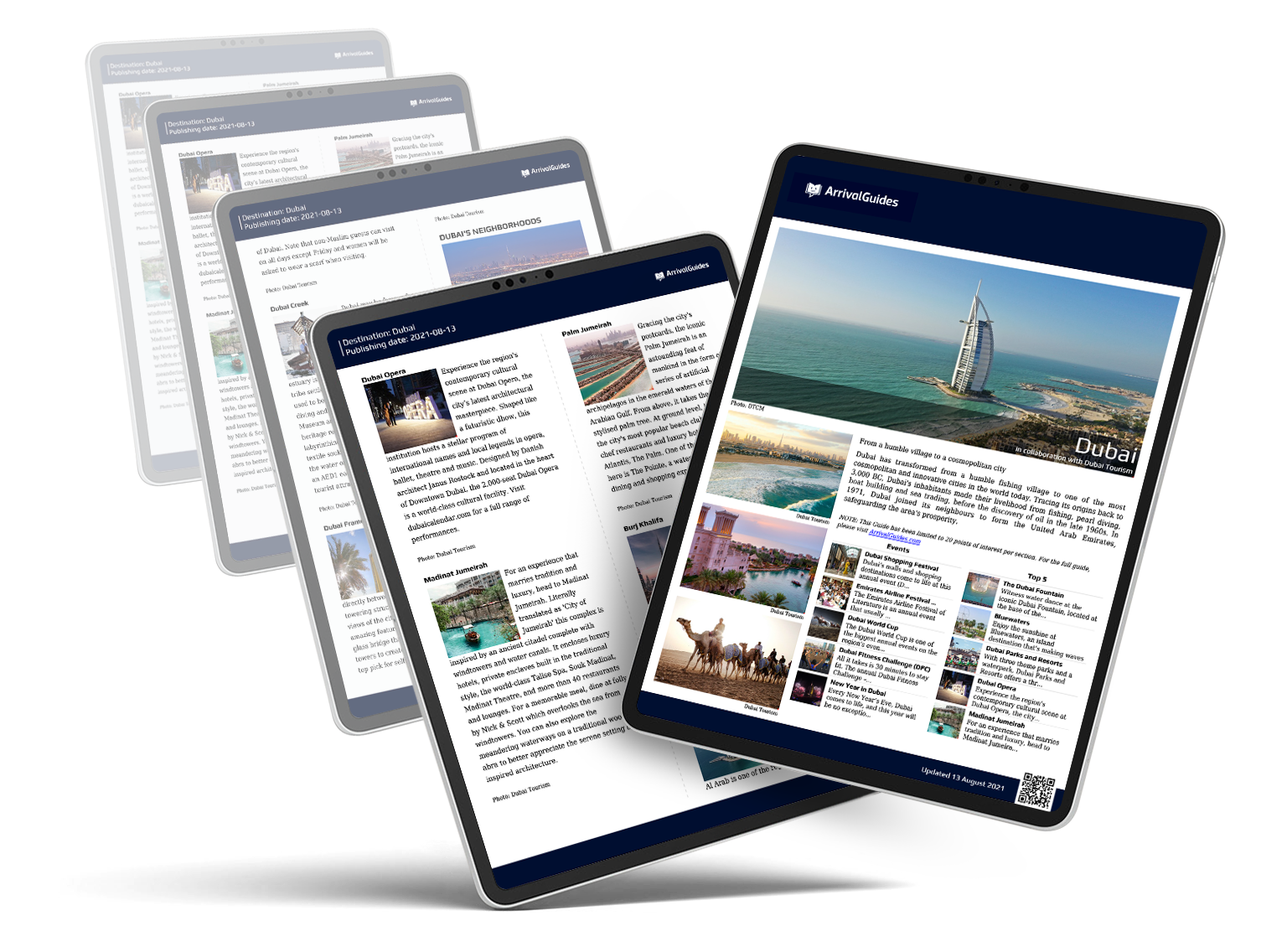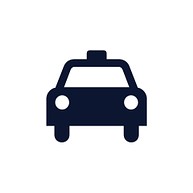
-
![Italian passport pages with a lot of visa stamps]() Provided by: maramade/shutterstock
Provided by: maramade/shutterstock

Our travel guides are free to read and explore online. If you want to get your own copy, the full travel guide for this destination is available to you offline* to bring along anywhere or print for your trip.
*this will be downloaded as a PDF.Price
€4,95
Passport & Visa
The guide was updated:Citizens of European Union (EU) and European Economic Area (EEA) countries do not need a visa to enter Croatia, only a valid ID. Many other countries, including the United Kingdom, United States, Canada, United Arab Emirates, Australia, and New Zealand, benefit from visa-free entry for short stays of up to 90 days within a 180-day period.
Visitors from visa-exempt countries must hold a valid passport and, starting in late 2025, will need to apply for an ETIAS (European Travel Information and Authorisation System) authorisation online before travelling.
For those requiring a visa, such as travellers from some Middle-East, African or Asian nations, a Schengen visa must be obtained prior to arrival. All travellers should ensure their passport is valid for at least three months beyond their intended stay.
Useful Information
Digital Travel Guide Download
Our travel guides are free to read and explore online. If you want to get your own copy, the full travel guide for this destination is available to you offline* to bring along anywhere or print for your trip.
*this will be downloaded as a PDF.Price
€4,95

Dubrovnik Airport is situated about 22 kilometres east of the city centre. The journey takes about 30 minutes by car. Airline buses meet all arrivals, including the late-night ones. The drop-off for the airport buses is at the entrance to the Old Town or at the bus station. You can buy your tickets when boarding the bus.
The taxi stand is located next to the Terminal building B.
Read more

Passport & Visa
Citizens of European Union (EU) and European Economic Area (EEA) countries do not need a visa to enter Croatia, only a valid ID. Many other countries, including the United Kingdom, United States, Canada, United Arab Emirates, Australia, and New Zealand, benefit from visa-free entry for short stays of up to 90 days within a 180-day period.
Visitors from visa-exempt countries must hold a valid passport and, starting in late 2025, will need to apply for an ETIAS (European Travel Information and Authorisation System) authorisation online before travelling.
For those requiring a visa, such as travellers from some Middle-East, African or Asian nations, a Schengen visa must be obtained prior to arrival. All travellers should ensure their passport is valid for at least three months beyond their intended stay.
Read more

Best Time to Visit
During peak season, July to August, the temperatures range from 22°C to 30°C. July is the sunniest time of the year making Croatian waters perfect for a swim, with water temperatures of 24°C.
However, during the summer, Dubrovnik is flocked by tourist and the hotel prices are increasing, due to this many prefer travel in May to June or September to October. These months are still offering sunny days, warm enough to swim and the restaurants and tourist attractions are open. In the low season, November to April, most facilities are closed, and the weather is more unsteady.
Read more

Public Transport
Most parts of Dubrovnik are best discovered on foot. If you feel the distance is a little too far, the town has an excellent system of buses. The orange city buses are run by the company Libertas, and they run frequently and generally on time. Tickets can be bought from the bus driver and from the newspaper kiosk and it is valid for one hour for an unlimited number of rides within the city.
Read more

Taxi
There are several taxi stations around the city. Head over to the main bus station in Gruž or the main ferry terminal in Gruž. There are also taxi stands in the west and east entrance to the Old town (Pile Gate).
Read more

Post
Post in Croatia is run by Hrvatska pošta. Their official website has detailed information about postage costs and delivery times. Postage stamps are sold at the numerous newspaper kiosks and newsagent shops. The postboxes are yellow and usually affixed to walls.
Read more

Pharmacy
Most pharmacies, called "ljekarna" in Croatian are marked with a green cross and are open six days per week from 8 am until 6 pm in low season and during high season from 8 am until 8 pm.
There are two pharmacies that stay open 24-hours and they alternate every week. Both "Kod Zvonika" and "Gruž" are on the main street in the Old Town and next to the port of Gruž.
Read more

Telephone
Country code: +385
Area code: (0)20
Read more

Electricity
Standard voltage is 230 V, the frequency 50 Hz.
Power plugs and sockets are type C or F.
Read more


